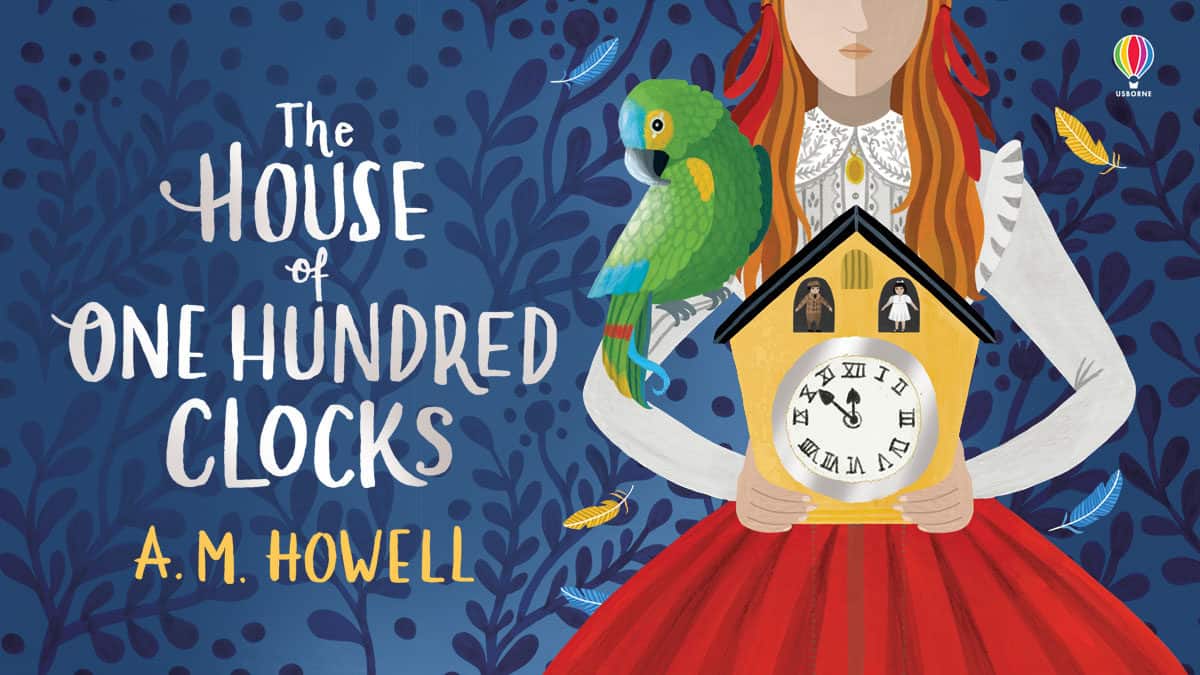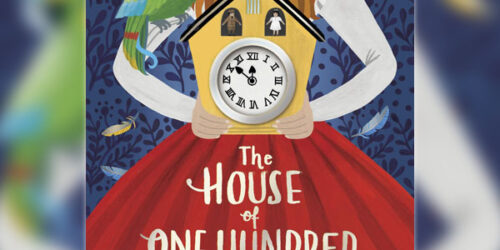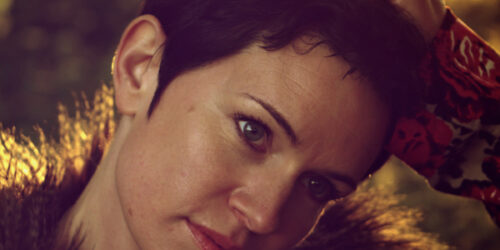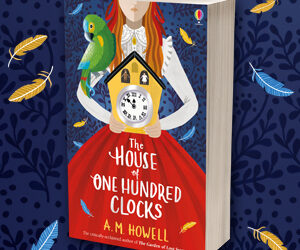
Our final NCW Book Club choice of 2021 is The House of One Hundred Clocks by AM Howell. We hope you’ll join us in reading the book, and that you’ll join the discussion in our Discord community or one of our discussion sessions taking place online and in person.
In the meantime, here are some questions that you might like to consider or discuss with friends, family and fellow members of the Book Club as you make your way through the book.
We’d love to hear your thoughts on The House of One Hundred Clocks, and any other questions that the book sparks for you. See our post here to find out about all the different ways you can get involved.
The House of One Hundred Clocks can be purchased from our friends at The Book Hive with 20% off the cover price, and there’s still plenty of time to read along with us!
Happy reading!
Reading children’s books
This is the first time we’ve read a children’s book for the NCW Book Club for grown-ups. Do you often read children’s books, or is this an unusual book choice for you? How do you feel about reading a book for younger readers? In what way does it feel similar or different to reading other types of books? Do you feel that adults can or should appreciate children’s literature?
The House of One Hundred Clocks touches on with many real-life difficulties, including grief, poverty and mental health. How does AM Howell write about these topics with a younger audience in mind? Do you think it’s important for children’s literature to respond to difficult topics in this way, and why/why not?
At the heart of The House of One Hundred Clocks is a mystery story, as Helena tries to uncover the dynamics within the Westcott family and the reason for Mr Westcott’s clock collection. What differences in language, pace, characterisation, etc. can you find between and grown-up mysteries or adventure stories you have read? Can you find any common features in mystery or adventure stories no matter which age group they’re written for?
History and imagination
The House of One Hundred Clocks is set at the turn of the 20th century in Cambridge, and the historical setting suffuses the story – for example, Helena spies some of the first female students in the city, Florence draws flying machines, and the Fox family are threatened with the workhouse. How does AM Howell write this historical setting, and how does it inform the plot and characterisation in the story? Are the historical elements written in the same way they might be in a novel for grown-ups? Does the setting feel like a fully-realised world, and if so, how does Howell achieve this?
Alongside its historical detail, the book is rich in imagination. Mr Westcott’s hundred clocks, Orbit the parrot being carried around in his bag, and Florence’s correspondence with the Wright brothers all verge on the fantastical. How does AM Howell interweave the historical and the fantastical throughout the book? Did they feel balanced, or were there moments when one felt stronger than the other? Were you, as a grown-up reader, able to embrace and enjoy the fantastical elements? What do you think younger readers would make of them?
As Helena solves the mysteries of the house of one hundred clocks, she uses both information and imagination to find the answers. Do you think Helena’s imagination helps her to be a successful detective, or does it send her on a wild goose chase from time to time? Were you caught up in Helena’s story, or were you able to guess the truth before the characters?
Character, structure and plot
The House of One Hundred Clocks includes a cast of characters of different ages and outlooks. How does AM Howell build our picture of Helena? Of Florence? Of Stanley? Of Mr Westcott? How do the relationships between these characters develop over the course of the novel and help to drive the plot?
Orbit, Helena’s pet parrot, is an important presence in Helena’s life, especially as he reminds Helena of her mother. Would you say that Orbit and his relationship with Helena is important to the plot and characterisation in the novel? How is Orbit written, and is he written differently or similarly to the human characters? What does including an animal character in particular allow AM Howell to do with the story?
As Helena’s investigation progresses, she finds friends in unlikely places, including Ralph and Terence who both have their reasons to be wary of someone who lives at the Westcott house. We might even say that there is a repeating pattern in the book, one where initial hostility changes to friendship. Can you find any other instances of this pattern in the book? Are there any other patterns that help to shape the narrative? And are there any points in the book in which these patterns are subverted? What are the effects of the ways in which AM Howell creates and varies these narrative patterns?
In The House of One Hundred Clocks, AM Howell manages to give a sense of presence to characters who aren’t present during the story – for example, to Helena’s mother, to Florence’s brother and mother. How does Howell write these characters into the story, despite their absence? What do the absences of these characters mean for Helena, Florence, and the path the story takes?
You may also like...
NCW Book Club: The House of One Hundred Clocks by A.M. Howell
Join us and share your passion for reading!

27th October 2021
NCW Book Club: Sudden Traveller by Sarah Hall
Join us and share your passion for reading!

11th August 2021
‘The House of One Hundred Clocks’ wins East Anglian Book of the Year
Suffolk-based children’s writer A.M. Howell takes top prize at the East Anglian Book Awards

19th November 2020






